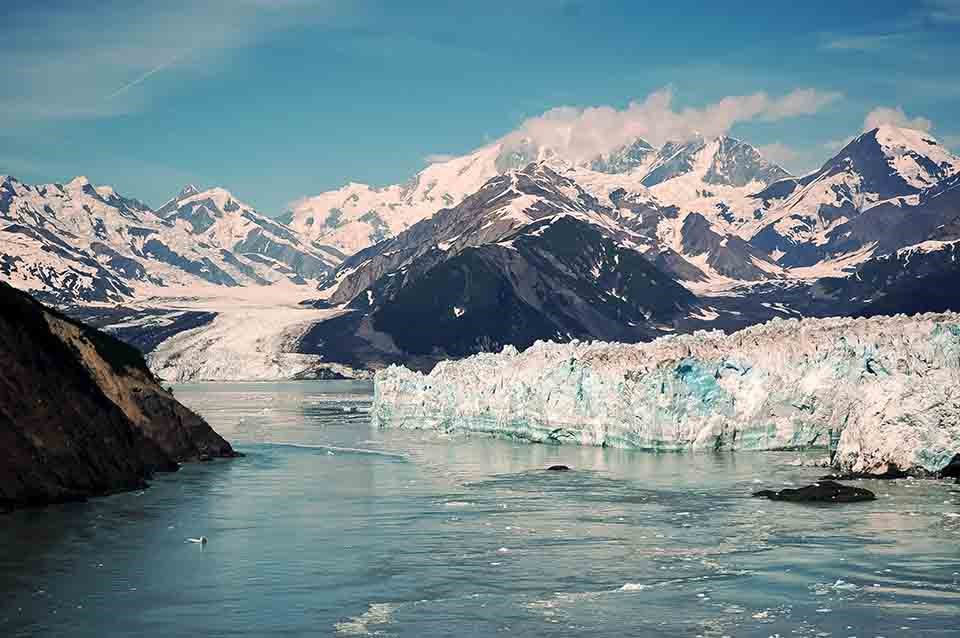
NPS
When tidewater glaciers calve icebergs into the marine environment, they serve as pupping and molting habitat for some of the largest seasonal aggregations of harbor seals in Alaska. Although tidewater glaciers are naturally dynamic, advancing and retreating in response to local climatic and fjord conditions, most of the ice sheets that feed tidewater glaciers in Alaska are thinning and, as a result, many of the tidewater glaciers are retreating. Climate change models predict rapid loss of glacier ice with unknown impacts to seals that rely on tidewater glacial habitat.
Glaciers and Climate Change
Most of Alaska's glaciers have been retreating over the last century, and research shows that the rate of recession has increased significantly in recent years. The effects of melting glaciers impact freshwater flow, vegetation, and coastal marine ecosystems.
Glacial meltwater from tidewater glaciers has chemical properties that can exacerbate ocean acidification. Freshwater inputs and cold water tend to decrease ocean pH and increase acidification. This acidification can have adverse effects on marine wildlife habitat and populations.
Learn more about tidewater glaciers
Last updated: July 27, 2017
